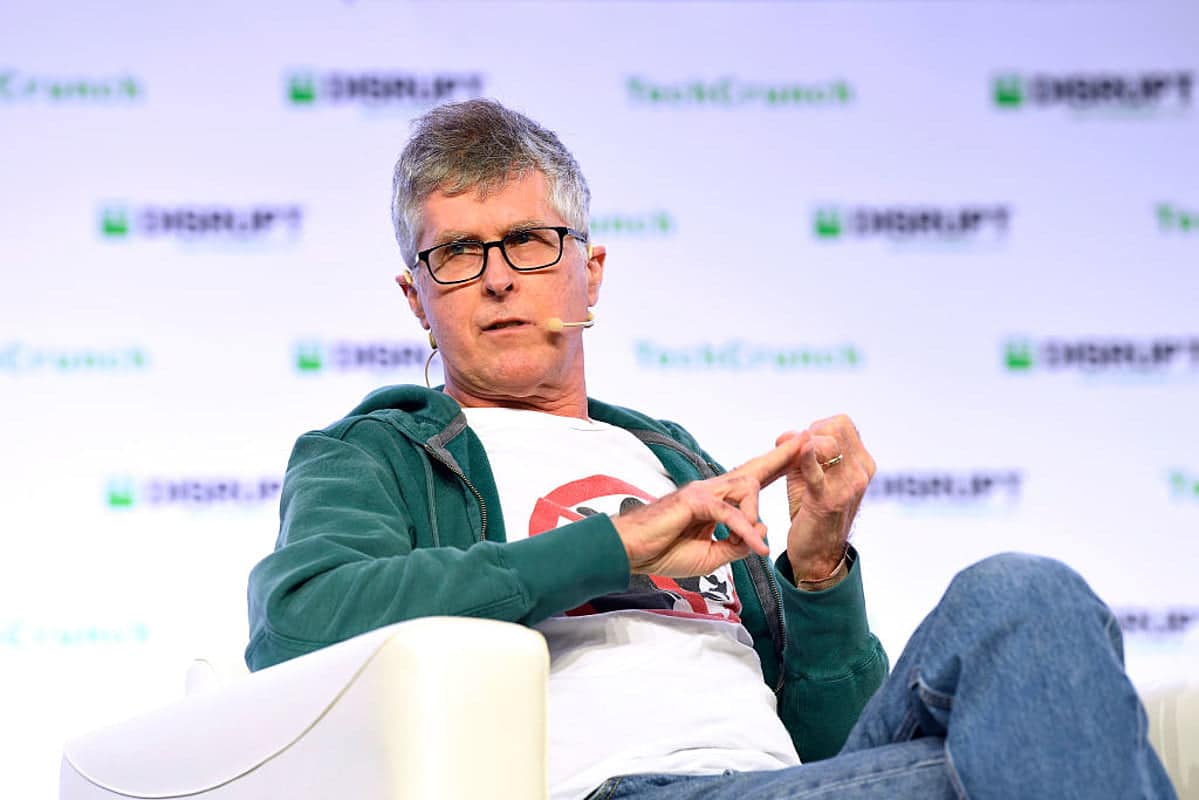Pat Brown, geneticist and founder and CEO of Impossible Foods, said he is confident that we can replace the use of animals with food technology by 2035.
On the sidelines of a Web Summit conference, pat brown he gave an interview to the Washington Post appearing rather determined. “Our mission is to completely replace the use of animals with food technology by 2035. We are very serious and believe it is feasible,” he said.
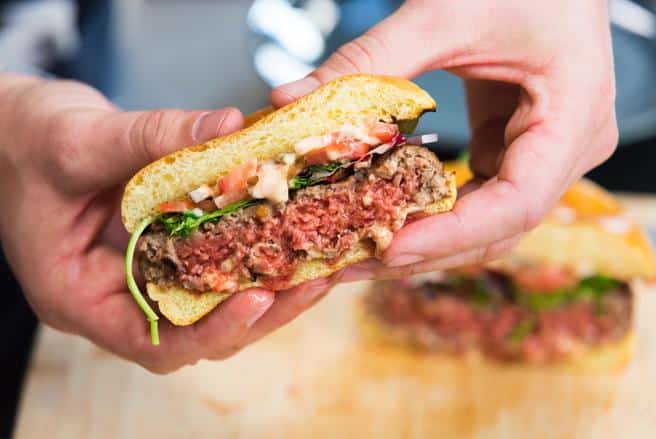
An ambitious goal
I was confident that we would be successful when I launched this company, and now I'm even more confident. The game is over for today's food industry. He just doesn't understand it yet
Pat Brown, Impossible Foods
According to Brown's company, every time you eat an Impossible Burger instead of a beef burger, 96% less land, 87% less water, 89% less CO2 are wasted.
Brown acknowledged that the environmental issue is not enough to induce people to change their diet. This is why his company has decided to take a different approach.
“The whole reason we took a new approach is that we depend on making a product that people have to like. Consumers who do not care about climate change will choose a food technology product 'only' if it is delicious, convenient and has high nutritional value. For many, sustainability will just be a bonus,” she said.
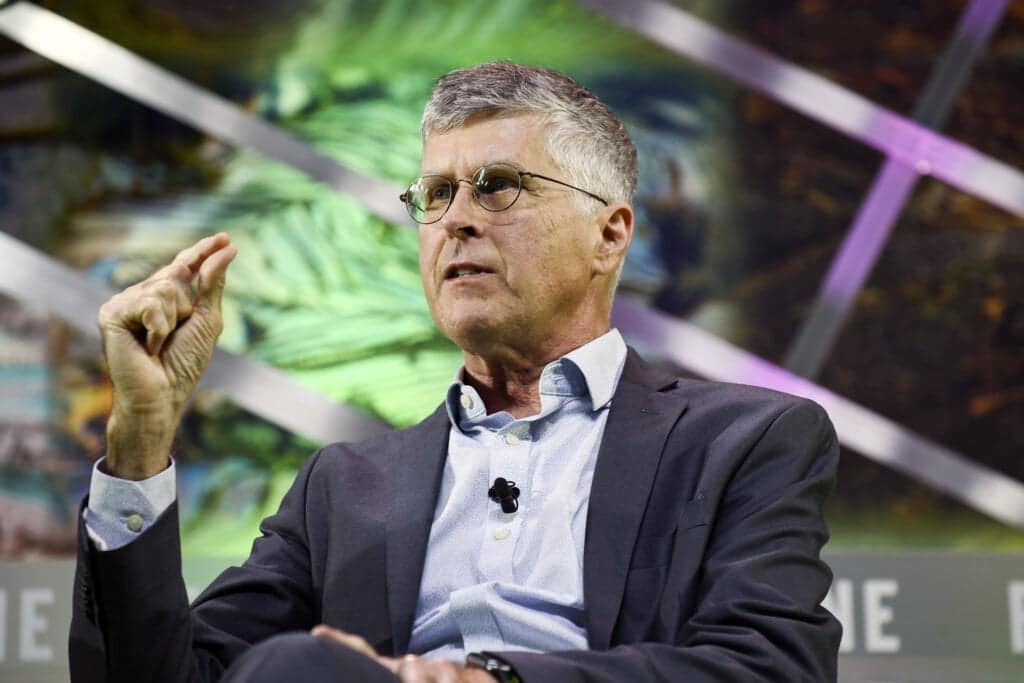
For many, but not for everyone. I think that sustainability will have a high weight, if not the main one, in the choice of trying food technology products.
Less meat, or zero meat for the good of the planet?
By far, the most important factor of destruction today is the climate change. Added to this is the collapse of the global biodiversity, and the use of animals as food technology makes the picture even worse.
“We need to get rid of them,” Brown says. “It is much more important than replacing fossil fuels in terms of benefits to the world.”
Food technology by 2035: is it possible?
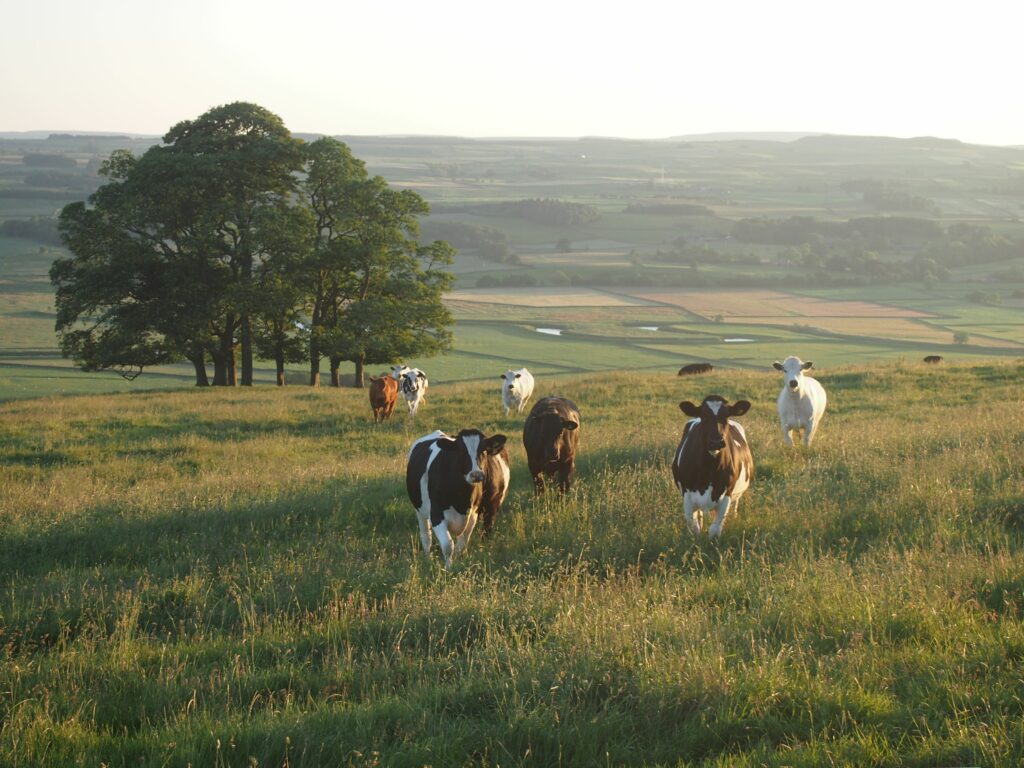
The future of food is also about science and biochemistry. What's behind the Impossible Burger is quite interesting, because it also tells us something about us.
Eating is primarily a sensory experience that occurs in the brain. To achieve this, scientists must reflect on the question of how to get the brain to send signals related to something good, and then associate them with the consumption of meat, even if the food in question does not come from an animal but from plants.
The goal, in short, (at least that of Impossible Foods according to Brown) is to prepare a veggie burger that people can eat, getting the exact same experience as eating a beef burger. Including sound, sight, smell and taste.
From this point of view we can even speak of "neuroscientific" food, rather than vegetarian. A product born from the answer to a crucial question: what makes meat "meat"?
What makes meat “meat”? What is heme?
To answer this question, food technology researchers have broken down a piece of beef. Molecule by molecule. And they identified the essential molecule behind the flavor of meat. It's called Eme.
Heme is a essential compound which contains iron and is found in living things. Heme occurs naturally in fairly high concentrations in the blood of humans and other animals. It is also found in much lower concentrations in many plants.
Well. Impossible Foods says heme is what makes meat taste like meat. Heme also gives the pink color to meat, and is what makes blood red. And after cooking it turns brown. Just like meat, go.
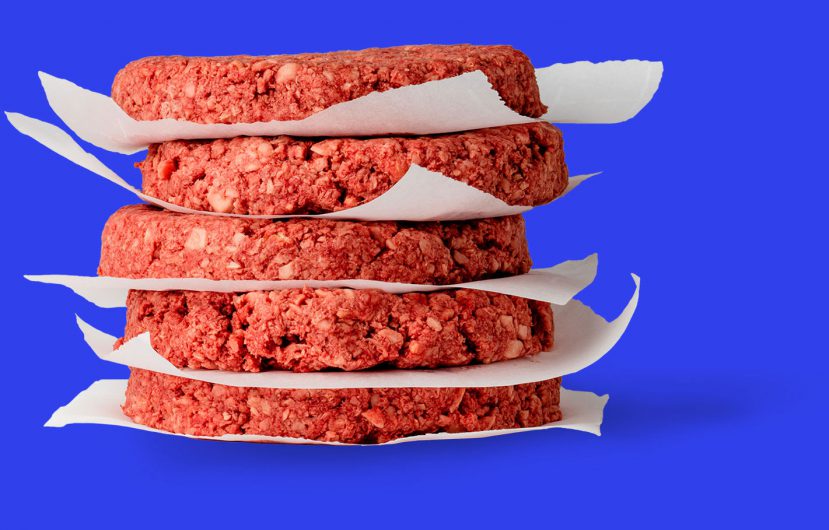
Where to find Heme, if not from animals?
Heme can be extracted from the roots of soybean plants. There leghemoglobin soy is the heme used by Impossible Foods. Others get it from turnips.
What about the other ingredients? The food technology focuses on textured wheat protein to reproduce the meaty texture of beef. Potato proteins are used for the crispy exterior. To get something that looks like fat, and sizzles on the grill, very small flakes of coconut oil are added.
The result is a product that has the look, texture and flavor of beef. The starting point of a process in which the brain will not be able to distinguish between a beef burger and one that is not beef.
If we consider the share of those who will focus directly on vegetable products, products such as Impossible Burger are suitable for those who eat meat.
A vegetarian no longer likes meat or what looks like meat.
Meat eaters, I said, have an alternative that will not only offer the same sensory experience, but will represent a sustainable and healthier food option that benefits them, the animals and the planet.
